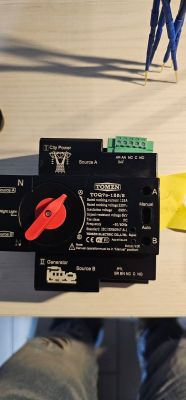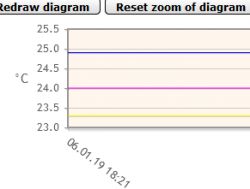Assumptions:
* smart home – area of 200 m2
* all electronics connected by cables – no WiFi
* the longest cables will be approx. 40 m long
* temperature and humidity measurement at approx. 20 points (2 in each room)
* water flow measurement at 10 points (YF-S201)
* central unit - Raspberry Pi 3 B+
questions:
What bus to use? .
Quite a number of sensors work on I2C, the problem is the length of the cable connections. It can at least be solved with P82B715PN, but the problem of sensor addressing still remains.
What cables? .
I can still ponder over the sensors/magistries for a few weeks. However, I am at the stage of laying cables in the walls and the question is what will be optimal: telephone or twisted pair e5?
What temperature and humidity sensors to choose? .
After analysing many descriptions I am considering the BE280 it has a lot of praise when it comes to humidity measurement accuracy but when it comes to temperature opinions are divided. A better choice is probably the DS18B20 – but it's 1-wire which is another technology.
regards
Marek
* smart home – area of 200 m2
* all electronics connected by cables – no WiFi
* the longest cables will be approx. 40 m long
* temperature and humidity measurement at approx. 20 points (2 in each room)
* water flow measurement at 10 points (YF-S201)
* central unit - Raspberry Pi 3 B+
questions:
What bus to use? .
Quite a number of sensors work on I2C, the problem is the length of the cable connections. It can at least be solved with P82B715PN, but the problem of sensor addressing still remains.
What cables? .
I can still ponder over the sensors/magistries for a few weeks. However, I am at the stage of laying cables in the walls and the question is what will be optimal: telephone or twisted pair e5?
What temperature and humidity sensors to choose? .
After analysing many descriptions I am considering the BE280 it has a lot of praise when it comes to humidity measurement accuracy but when it comes to temperature opinions are divided. A better choice is probably the DS18B20 – but it's 1-wire which is another technology.
regards
Marek







